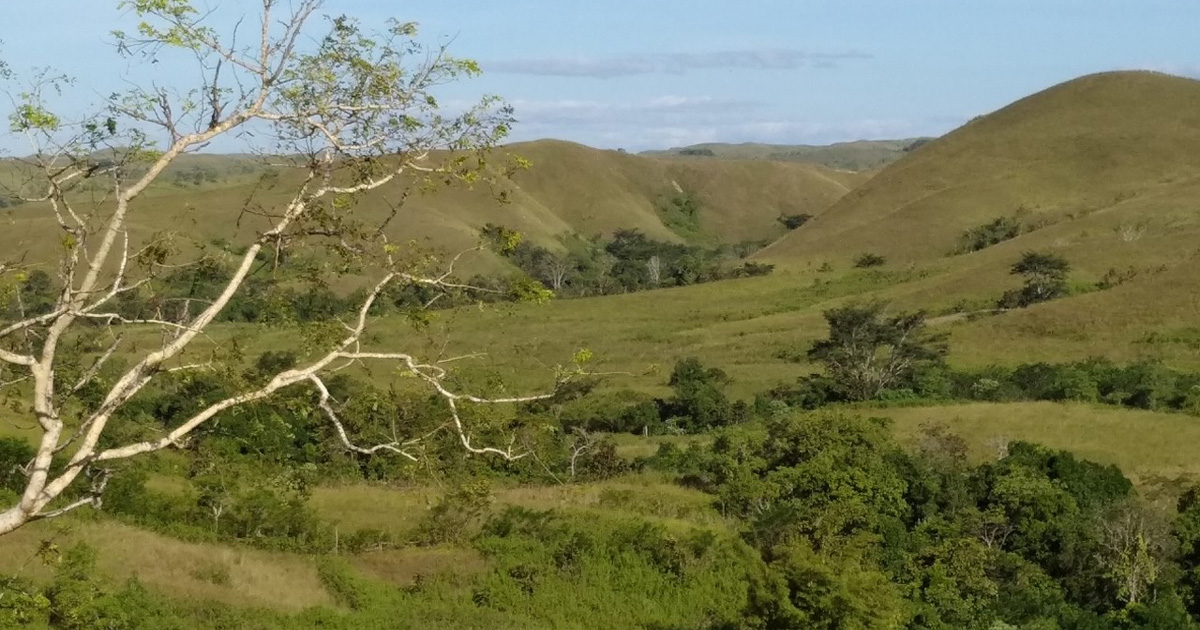
CIFOR-ICRAF and two NGOs on the island of Sumba, Indonesia have signed agreements to collaborate on landscape restoration through forestry and agroforestry.
Yayasan Injuwatu Sumba (YIS) and Lembaga Peduli Sejahtera dan Lestari (PELITA Sumba) have signed memoranda of understanding with the Center for International Forestry Research and World Agroforestry (CIFOR-ICRAF).
“The two MoUs represent a formalization of our mutual objective to revegetate the island of Sumba,” said Robert Nasi, acting Chief Executive Officer of CIFOR-ICRAF and Director General of CIFOR. “Sumba is an extreme case of degradation of tropical dryland caused by deforestation. Bringing international expertise to join with the expert local knowledge held by the two Sumba NGOs will add impetus to our mutual interest in marshalling resources to regreen the island and improve the welfare of the people, who are among the poorest in Indonesia.”
Sumba was once known as Sandalwood Island owing to its former coverage with high-value sandalwood forests, which despite surviving selective harvesting for hundreds of years by the Dutch colonial authorities, were almost totally destroyed in the early 2000s by mass extraction, leaving behind only 10% of forest cover on the island’s 11,006 km2.
“We all share similar interest in the forestry and land-use sector, agriculture and climate-smart agroforestry, food security, community and economic development, climate change, environmental restoration and renewable energy,” said Himlal Baral, a Senior Restoration Scientist who is leading the collaboration for CIFOR-ICRAF.
The main objectives of the collaboration are primarily to cooperate on community development programmes, implement such programmes to restore landscapes and increase incomes of assisted communities in the operational areas of the partners and to enable the partners to cooperate in preparing proposals for donors and investors.
More information:
- Himlal Baral, Senior Scientist in restoration, CIFOR-ICRAF; h.baral@cifor-icraf.org
- Budhy Kristanty, Communications Project Coordinator – Asia, CIFOR-ICRAF; b.kristanty@cifor-icraf.org













